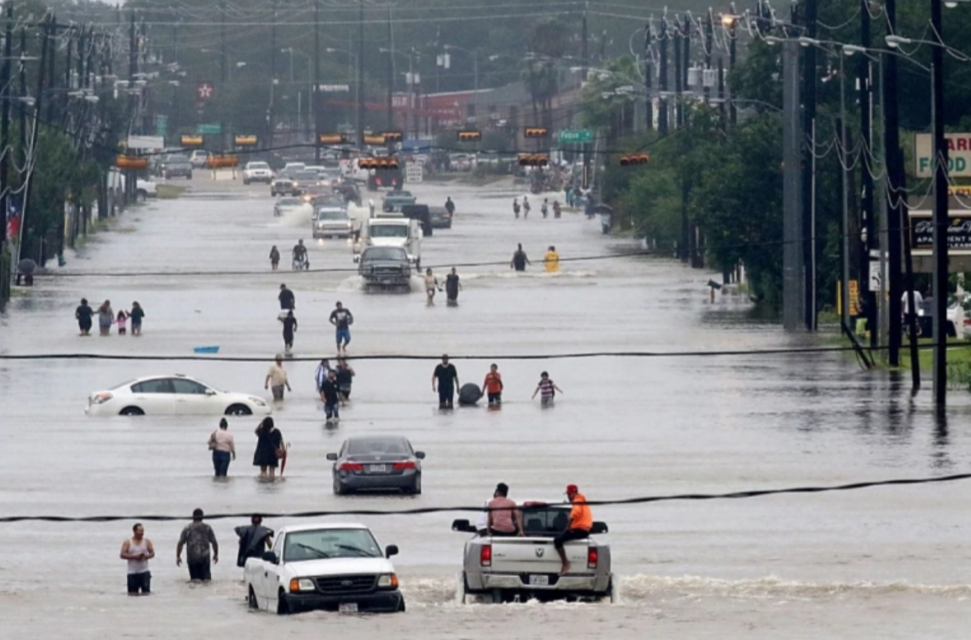On 25th August the hurricane Harvey hit the south of Texas, causing major floodings and cost of damage which will likely exceed that of hurricane Katrina in 2005. The low-pressure system associated with the hurricane drove storm surges and an extraordinarily large amount of precipitation. Along the flat coastal area, the storm surge exacerbated the precipitation-driven flooding. Specifically, the discharge of the precipitation water into the sea was partially obstructed by the high sea level and waves, causing extreme water levels inland.

Compound flooding belongs to the general category of compound events (CEs). CEs can be defined as extreme events that would not be adequately described if considering only one driver. In the case of compound flooding, the flood would not be properly described if considering only precipitation or surge levels. Both the variables have to be considered for a proper description – and therefore prediction – of these events. Improving the predictions of compound events is important as in turn this would reduce the impacts of compound events to society. Indeed, a part of the scientific community is trying to achieve better understanding and predictions of compound events. Moreover, a better understanding of these phenomena is relevant for long-term future risk assessment of these events, which is crucial given the climate change we are experiencing.
The category of compound events is actually very wide, and this makes their study very relevant for society. Natural wildfires, whose probability of occurrence is amplified when particular combinations of temperature, humidity and wind occur, are compound events. Also, heat waves amplified by droughts are compound events. Returning to Harvey, its impacts to society were amplified by the extraordinary stationarity (see animation from NASA) of the weather system over Texas (due to a combination of “blocking” high-pressure systems around the storm). Also from this perspective, Harvey can be seen as a compound event, as the impacts were caused both by the intensity and the (long-)duration of rain and storm surges.
Harvey moves through the Gulf of Mexico between 23rd and 29th August. It stalls over Texas causing to an extraordinary amount of precipitation. [Source: NASA.]
Given the direct impact of compound events on society, together with the other researchers of the international project CE:LLO, we have developed a new statistical approach for modelling compound events. We have used this methodology for studying compound floodings in Ravenna (Italy). Also, we are currently working on the application of the model for studying droughts in Europe.
Compound events represent a challenge in the climate science community. A better understanding of these phenomena will help improve their predictions, and in turn to be better prepared to face such calamities with a direct and positive effect on society.
Emanuele Bevacqua
